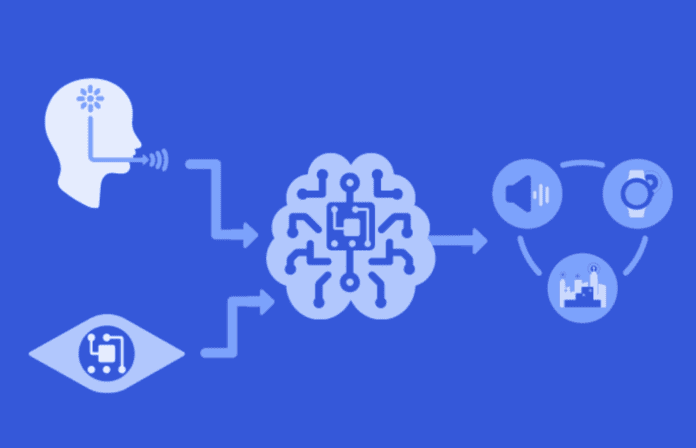Putting AI on devices moves processing to the very edge of the network
As 5G continues to develop in support of new latency-sensitive use cases, there’s a broad move to augment centralized cloud-based services with processing, compute and storage capabilities at the network edge. Think about an autonomous vehicle–while it will depend on cloud-based services, many road decisions will require real-time decision making, which necessitates distribution of network equipment closer to the end user. Machine learning and artificial intelligence will guide this type of decision making, as well as prioritize how and to where data is transmitted. In a recent interview, Gary Brotman, Qualcomm’s head of AI and machine learning product management, discussed moving AI to the ultimate edge of the network–the user device.
Brotman gave the example of a user interacting with a personal assistant on a smartphone. “Traditionally, data has had to make the long roundtrip from device to cloud in order to, for example, answer a command from a digital personal assistant or work with the camera to classify an object like an animal, food, or landmark. If devices are totally dependent on an internet connection, user experiences reliant on the connection will fail and the consumer will be disappointed.”
He pointed out that on-device AI would improve latency associated with cloud-based services while simultaneously bolstering personal data security. “While people readily share information on social media all the time, they’re guarded when it comes to personal data and pictures. Those are files you do not, and should not, have to shuffle off to the cloud in order to experience AI-powered features. With on-device AI, those transactions can happen locally.”
Earlier Brotman mentioned a connected camera recognizing people, places and things. This type of camera can also benefit from on-device AI. If a smart camera see “somebody coming up to the door, they can detect if it’s a stranger or a known individual. There are also a lot of benign false positives that the cameras will pick up such as a tree moving or drastic lighting changes when a cloud obscures the sun. Ultimately, on-device AI can help connected cameras do a better job of determining a real threat from something that’s not.”

